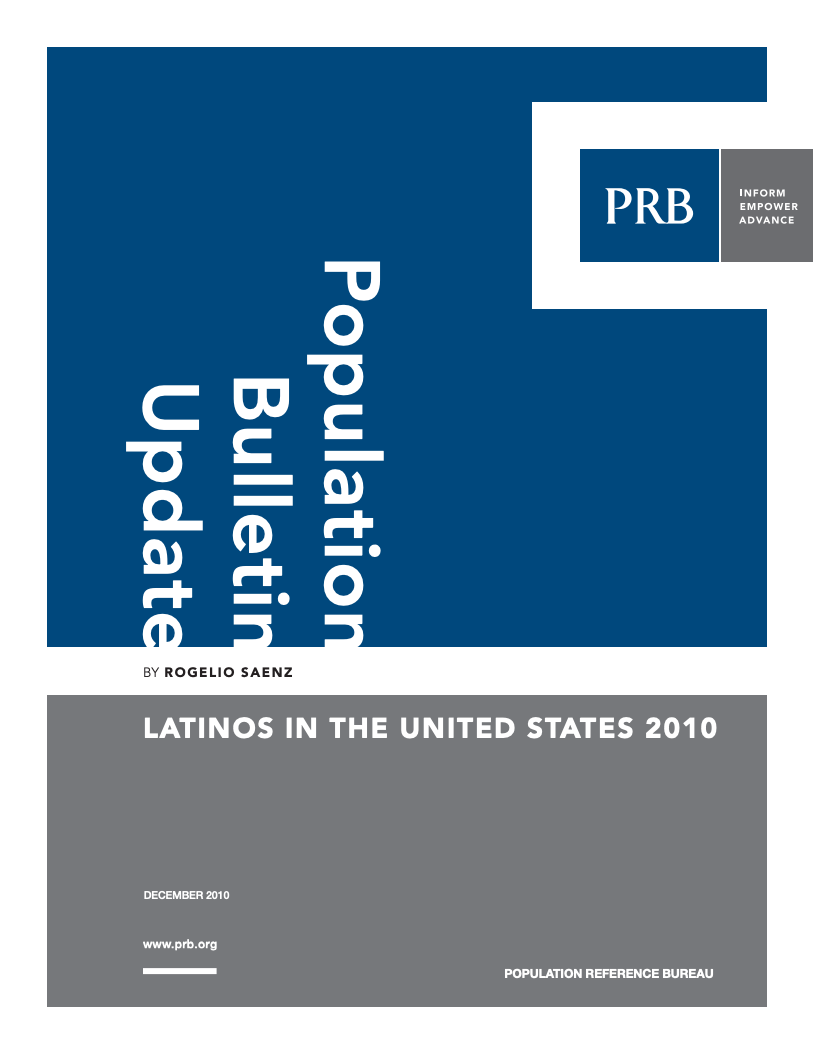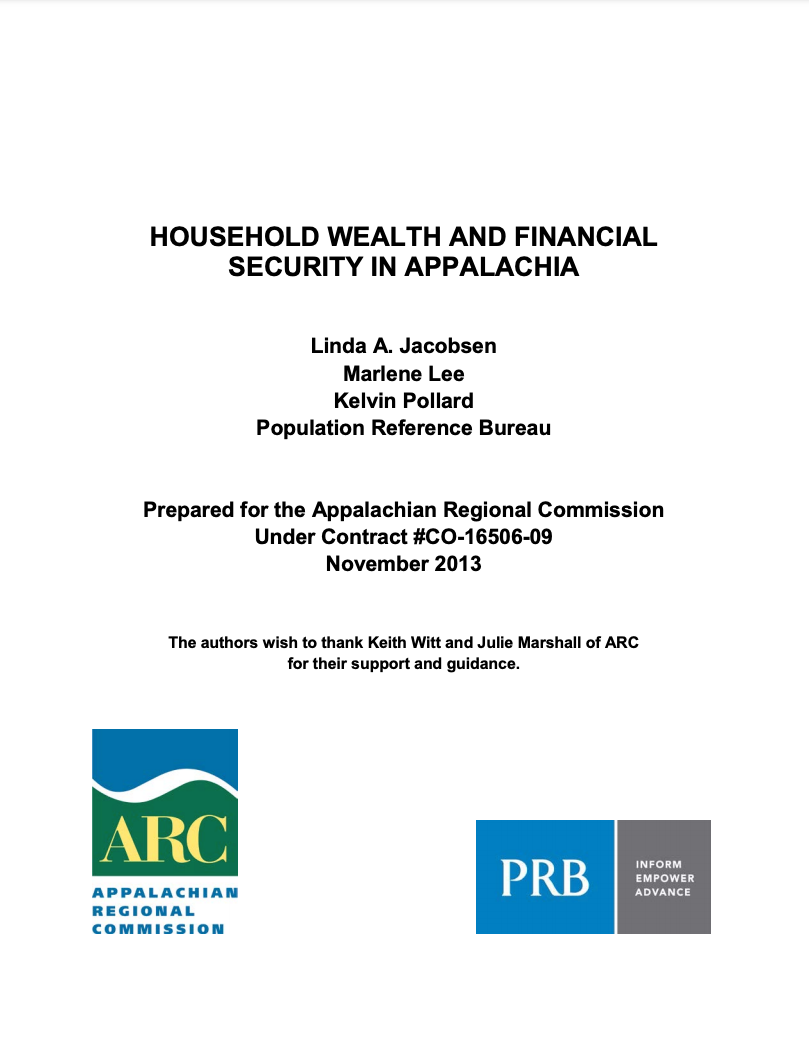New Estimates Reassess Progress Toward Reducing Maternal and Under-5 Mortality
(2010) In April 2010, the Institute for Health Metrics and Evaluation (IMHE), a research center at the University of Washington, released estimates showing unexpected declines in global maternal mortality compared with previous UN estimates.



